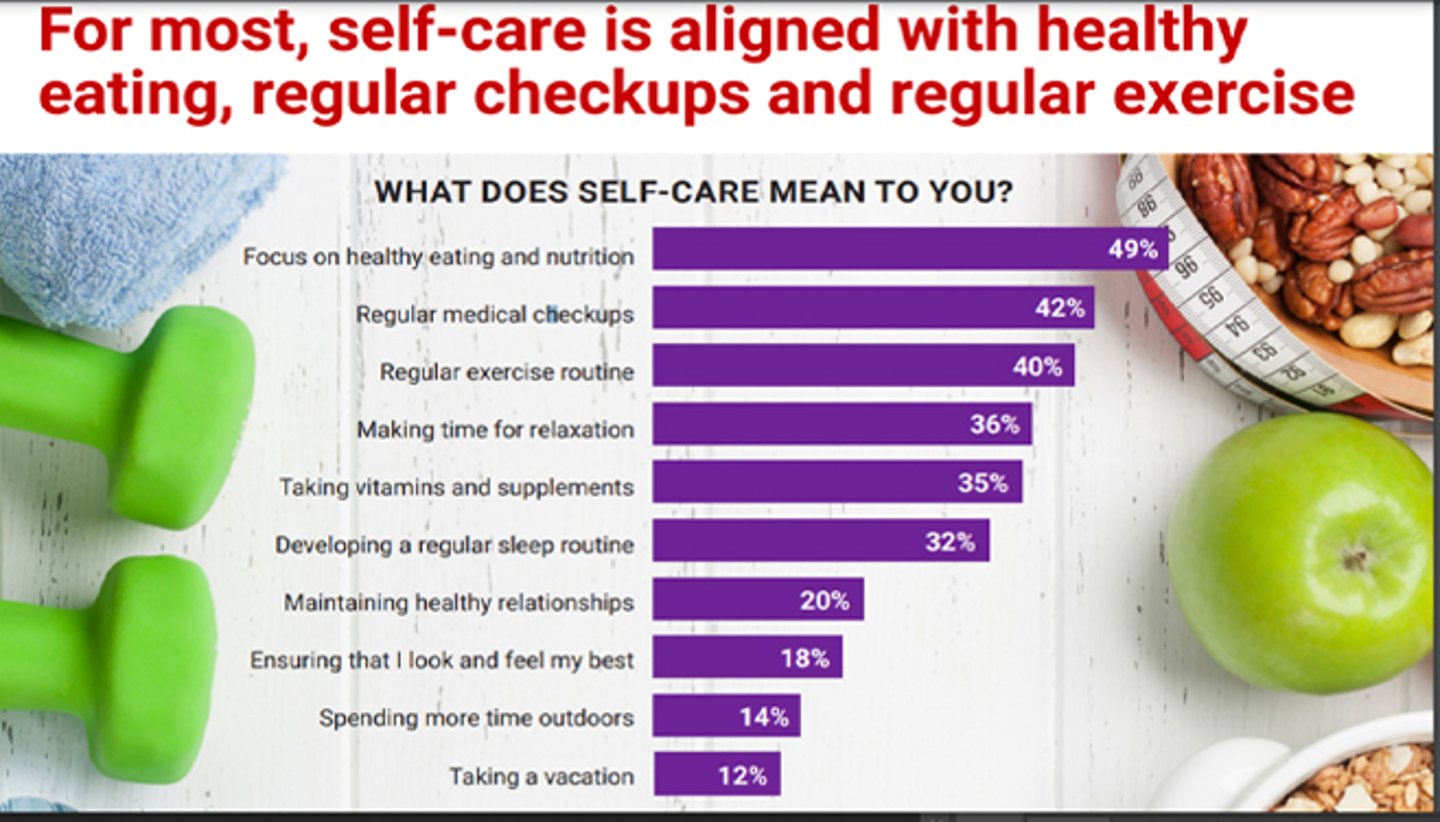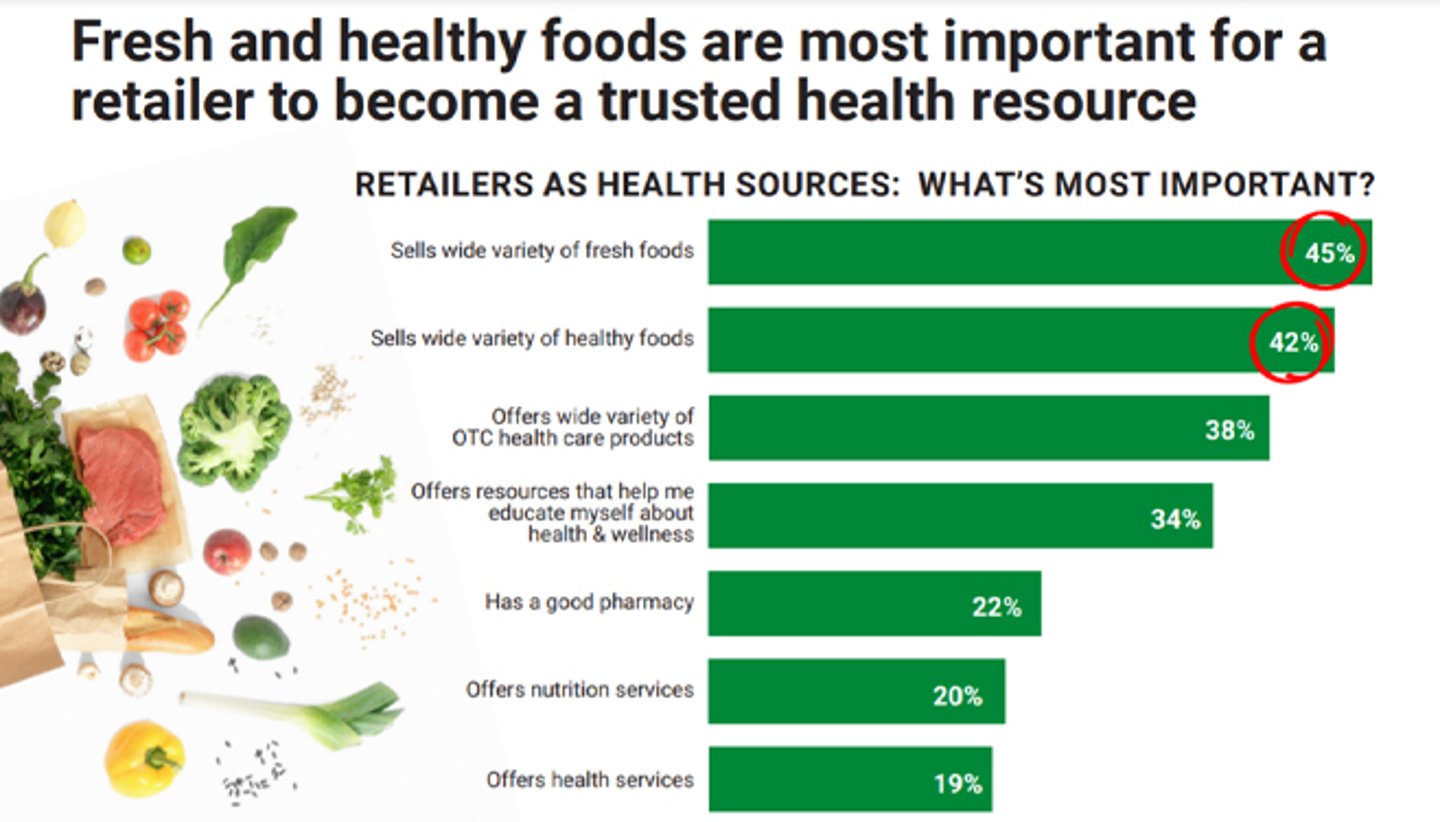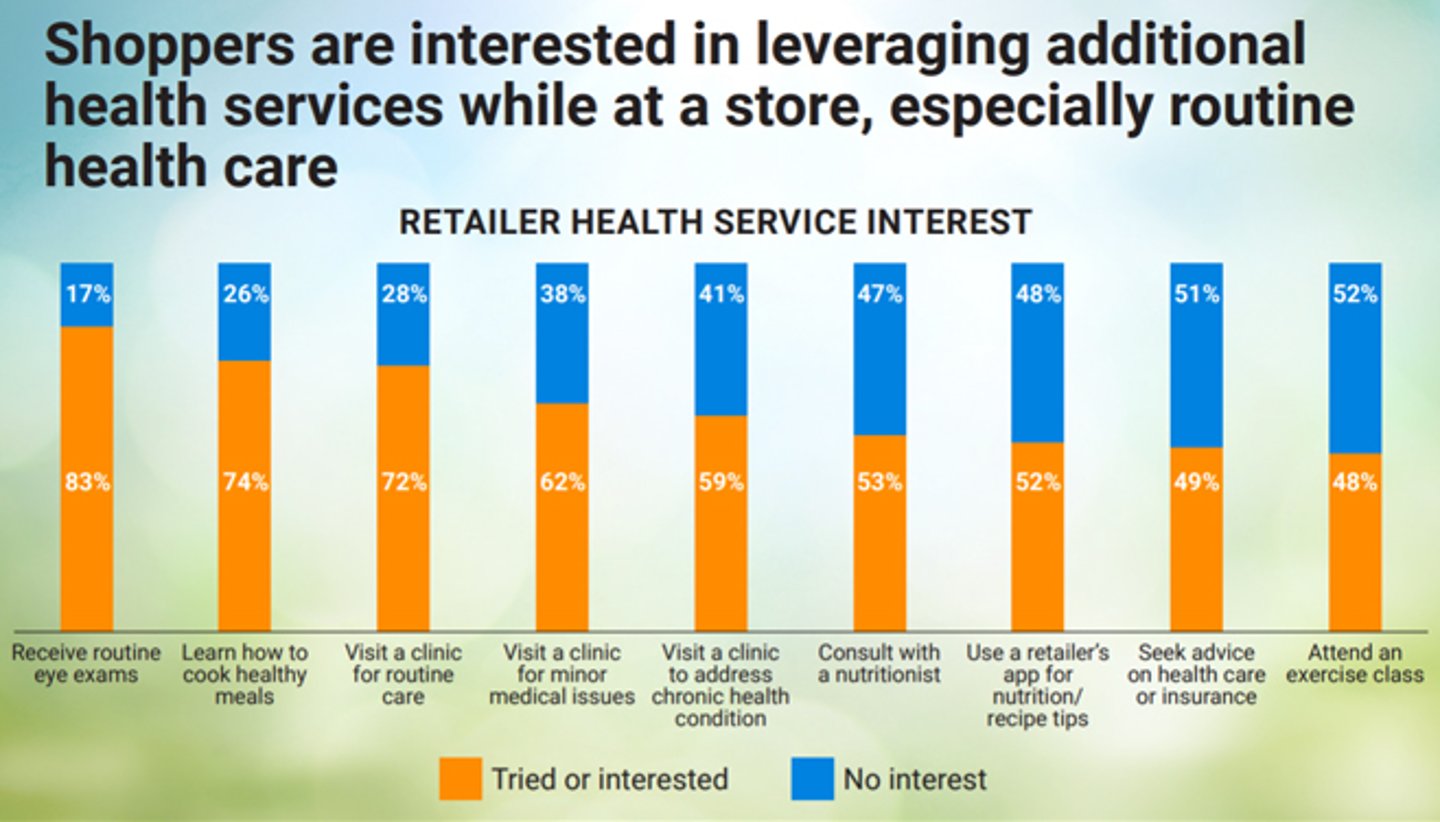Increased Consumer Focus on Health & Wellness Presents an Opportunity for Retailers
JACKSONVILLE, Fla. — COVID-19 increased consumers' focus on eating healthy; however, that comes at a price.
According to Acosta's recent report, COVID-19 Has Elevated the Health & Wellness Trends of Recent Years, 33 percent of today's shoppers identify cost as the biggest barrier to healthy eating.
The report details the pandemic's significant impact on shopper priorities and describes how the industry can best meet consumer demands in this ever-changing landscape.
"COVID-19 has sharpened the focus on recent health and wellness trends, with nearly two-thirds of consumers taking a proactive approach to healthy living," said Colin Stewart, executive vice president, Business Intelligence at Acosta. "However, while most of today's shoppers are motivated to live a healthy lifestyle, many report the cost of eating a nutritious diet prevents them from doing so. This challenge opens a door for retailers to become trusted resources among health-focused consumers, many of whom are beginning to look beyond medical professionals for guidance on affordable purchase recommendations and product information."
Retailers should be tapping into opportunities to offer health and wellness solutions tailored to fit current consumer needs. That could mean providing discounts on featured items, creating incentive programs or optimizing product labeling, Stewart said.
"COVID-19's acceleration of the self-care trend has created an opportunity for retailers to significantly expand sales and drive shopper loyalty," he added.
Jacksonville-based Acosta's report provides insight into shoppers' growing focus on healthy living and the role retailers play in meeting associated demand and presents findings around key topics including consumer priorities, barriers to health and wellness, self-care, retailers as health resources and growing demand for retailer health services.
Consumer Priorities
Almost two-thirds of shoppers take a proactive approach to living a healthy lifestyle, but four distinct shopper segments identified in the report manage their health differently.
- The "Active" segment, comprising 24 percent of consumers surveyed, does everything they can to live the healthiest life possible, including eating right and exercising regularly.
- The "Balanced" segment, comprising 40 percent of consumers surveyed, takes a balanced approach to their health through diet and exercise, but does not obsess over it.
- The "Want To, But…" segment, comprising 30 percent of consumers surveyed, wants to maintain their health but has difficulty staying motivated. They prefer to manage their health via rest and relaxation, checkups and over-the-counter or prescription medications.
- The "Carefree" segment, comprising 6 percent of consumers surveyed, does not typically worry about their health and only acts when a problem arises.
Barriers to Health and Wellness
While most shoppers are motivated to stay healthy, costs and chronic conditions create barriers.
- Thirty-seven percent of shoppers say the cost of health insurance is the biggest barrier.
- Thirty-seven percent of shoppers say the cost of health services is the biggest barrier.
- Thirty-three percent of shoppers say the cost of eating a healthy diet is the biggest barrier.
- Thirty-three percent of shoppers say chronic conditions make it difficult to maintain their health.
Self-Care
When asked what self-care means to them, answers from consumers varied, with a focus on healthy eating and nutrition ranking as the top answer (49 percent).
- Forty-two percent of consumers said self-care means medical checkups.
- Forty percent of consumers said self-care means having a regular exercise routine.
- Thirty-six percent of consumers said self-care means making time for relaxation.
- Thirty-five percent of consumers said self-care means taking vitamins and supplements.
Retailers as Health Resources
Consumers reported that fresh food and healthy food offerings are the most important components for a retailer to be a trusted health resource.
- Forty-five percent of consumers believe selling a wide variety of fresh foods is most important.
- Forty-two percent of consumers believe selling a wide variety of healthy foods is most important.
- Thirty-eight percent of consumers believe offering a wide variety of over-the-counter health care products is most important.
- Thirty-four percent of consumers believe offering educational health and wellness resources is most important.
Growing Demand for Retailer Health Services
Shoppers are increasingly interested in leveraging additional health services in-store.
- Eighty-three percent of shoppers have tried or are interested in routine eye exams in-store.
- Seventy-four percent of shoppers have tried or are interested in learning how to cook healthy meals in-store.
- Seventy-two percent of shoppers have tried or would like to visit a clinic for routine care in-store.
- Sixty-two percent of shoppers have tried or would like to visit a clinic for minor medical issues in-store.
- Fifty-nine percent of shoppers have tried or would like to visit a clinic to address a chronic health condition in-store.
Acosta's COVID-19 Has Elevated the Health & Wellness Trends of Recent Years report was gathered via online surveys using the company's proprietary shopper community, conducted between May 7, 2021 and May 18, 2021.






